Introduction to the Working Principle of Reverse Osmosis (RO) Membrane:
RO is the abbreviation for Reverse Osmosis in English and means anti-osmosis in Chinese. In general, the movement of water molecules is from low concentration to high concentration. However, when pressure is applied on the inlet side, the movement direction of water molecules is reversed, from high concentration to low concentration, hence the name reverse osmosis.
The principle of RO membrane: RO membrane, also known as reverse osmosis membrane, is a technology that separates liquids larger than the pore size of the membrane through the pressure difference as the driving force. Liquid undergoing membrane filtration is subjected to pressure. When the pressure exceeds the osmotic pressure of the RO membrane, the liquid will permeate in the opposite direction. The liquid smaller than the pore size will be discharged during the permeation process, while the liquid with a higher concentration than the pore size will be blocked by the membrane and discharged through the concentrated water channel. These actions serve to purify, separate and concentrate the original liquid.
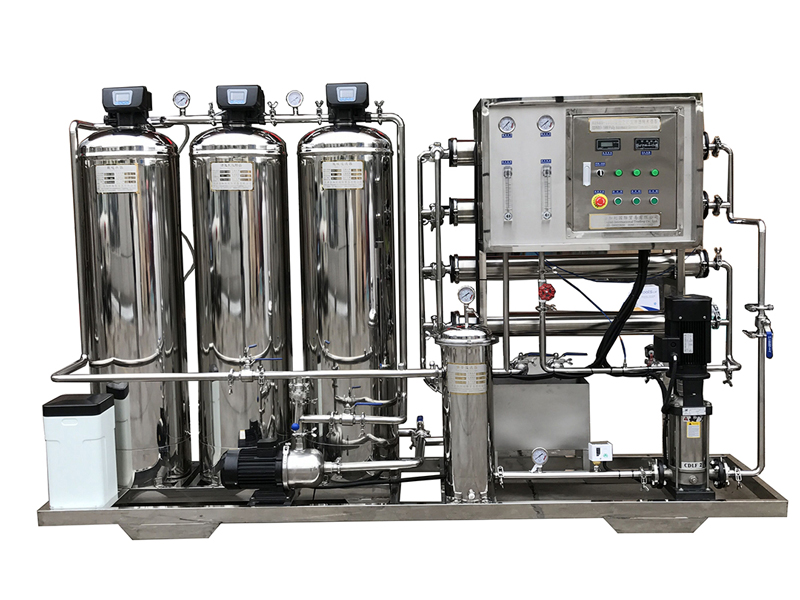
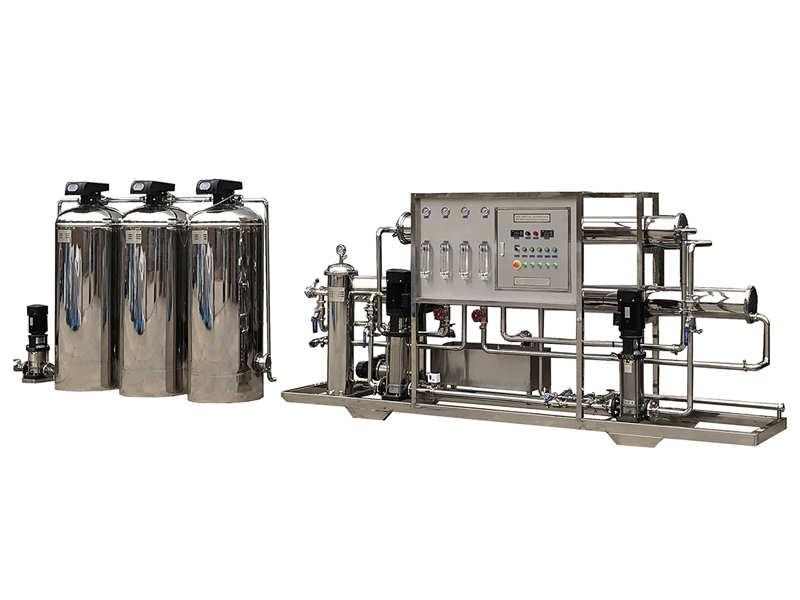
The key performance indicators of RO membrane are the desalination rate, water flux, and recovery rate. The desalination rate refers to the degree of purity in which the membrane intercepts ions, with a higher desalination rate achieved when it intercepts ions more effectively. Another key performance indicator is flux, which refers to the amount of water molecules that can permeate through a unit area of the membrane. The greater the flux, the better the membrane performance. The recovery rate, on the other hand, refers to the ratio of freshwater to concentrate while the membrane is in operation, with a higher ratio indicating better membrane performance.
Due to these three key characteristics of RO membranes, the development of RO membranes has been guided towards achieving breakthroughs in high desalination rate, large water production, and high recovery rate, each of which could generate significant economic benefits.
For reverse osmosis membrane elements, in most cases the water source cannot enter the elements directly because the impurities contained can contaminate the membrane and affect the stable operation of the system and the lifespan of the membrane element. Pre-treatment is the process of treating the raw water according to the characteristics of the impurities in it, with suitable processes, so that it can meet the requirements for input to the reverse osmosis membrane elements. Because it is located before reverse osmosis in the entire water treatment process, it is called pre-treatment.
The purpose of pre-treatment in reverse osmosis systems is to: 1) prevent membrane surface contamination, i.e. preventing suspended impurities, microorganisms, colloidal substances, etc. from attaching to the membrane surface or clogging the water flow channel of the membrane element; 2) prevent scaling on the membrane surface. During the operation of the reverse osmosis device, some difficult-to-dissolve salts such as CaCO3, CaSO4, BaSO4, SrSO4, CaF2 may deposit on the membrane surface due to water concentration, so it is necessary to prevent the formation of these difficult-to-dissolve salts;
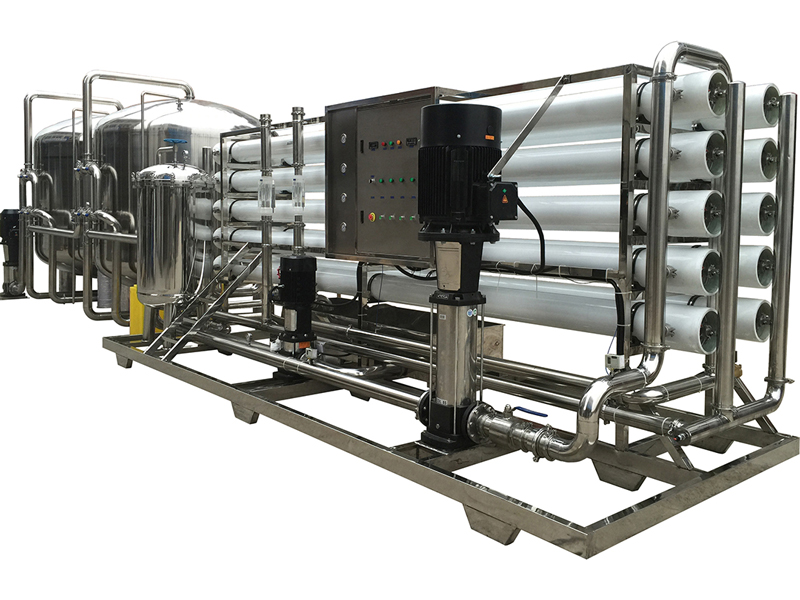
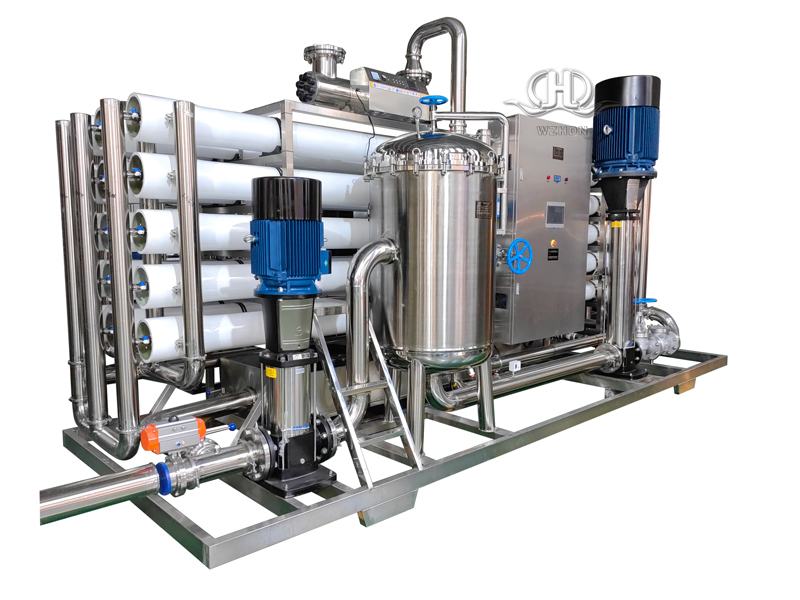
3) ensure that the membrane is not subjected to mechanical or chemical damage, so that the membrane has good performance and sufficient lifespan.
The selection of pre-treatment processes for reverse osmosis systems is as follows:
1) For surface water with a suspended solids content of less than 50mg/L, direct coagulation filtration method can be used;
2) For surface water with a suspended solids content of more than 50mg/L, a coagulation, clarification, filtration method can be used;
3) For groundwater with iron content less than 0.3mg/L and a suspended solids content of less than 20mg/L, direct filtration method can be used;
4) For groundwater with iron content less than 0.3mg/L and a suspended solids content of more than 20mg/L, direct coagulation filtration method can be used;
5) For groundwater with iron content greater than 0.3mg/L, oxidation and iron removal should be considered, followed by direct filtration or direct coagulation filtration process. When the organic matter content of the raw water is high, chlorination, coagulation, clarification and filtration can be used for treatment. When this treatment is not enough, activated carbon filtration can also be used to remove organic matter. When the hardness of the raw water is high and the CaCO3 will still settle on the reverse osmosis membrane surface after treatment, softening or lime treatment can be used. When other difficult-to-dissolve salts precipitate and scale in the RO system, anti-scaling agents should be used. It is worth noting that barium and strontium may not always be present in the raw water analysis. However, even at very low concentrations, they can easily form scales on the membrane surface as long as the sulfate content in the water is greater than 0.01mg/L. These scales are difficult to clean and therefore should be prevented from forming on the membrane surface as much as possible.
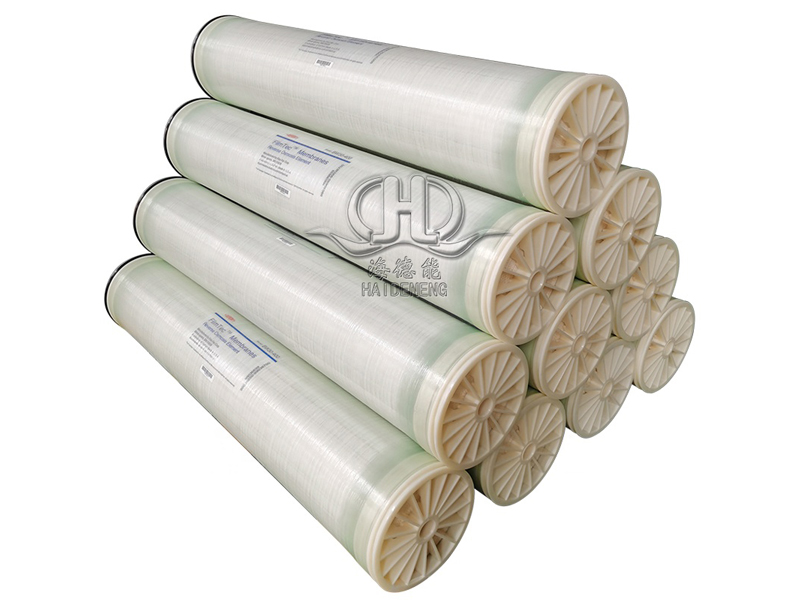
When the silica content in the raw water is high, lime, magnesium oxide (or white powder) can be added for treatment. When the silica concentration in RO feed water is greater than 20mg/L, a scaling tendency assessment must be made. Because it is difficult to clean the silica scale, it is very necessary to prevent it from forming on the membrane.
Post time: Aug-01-2023

